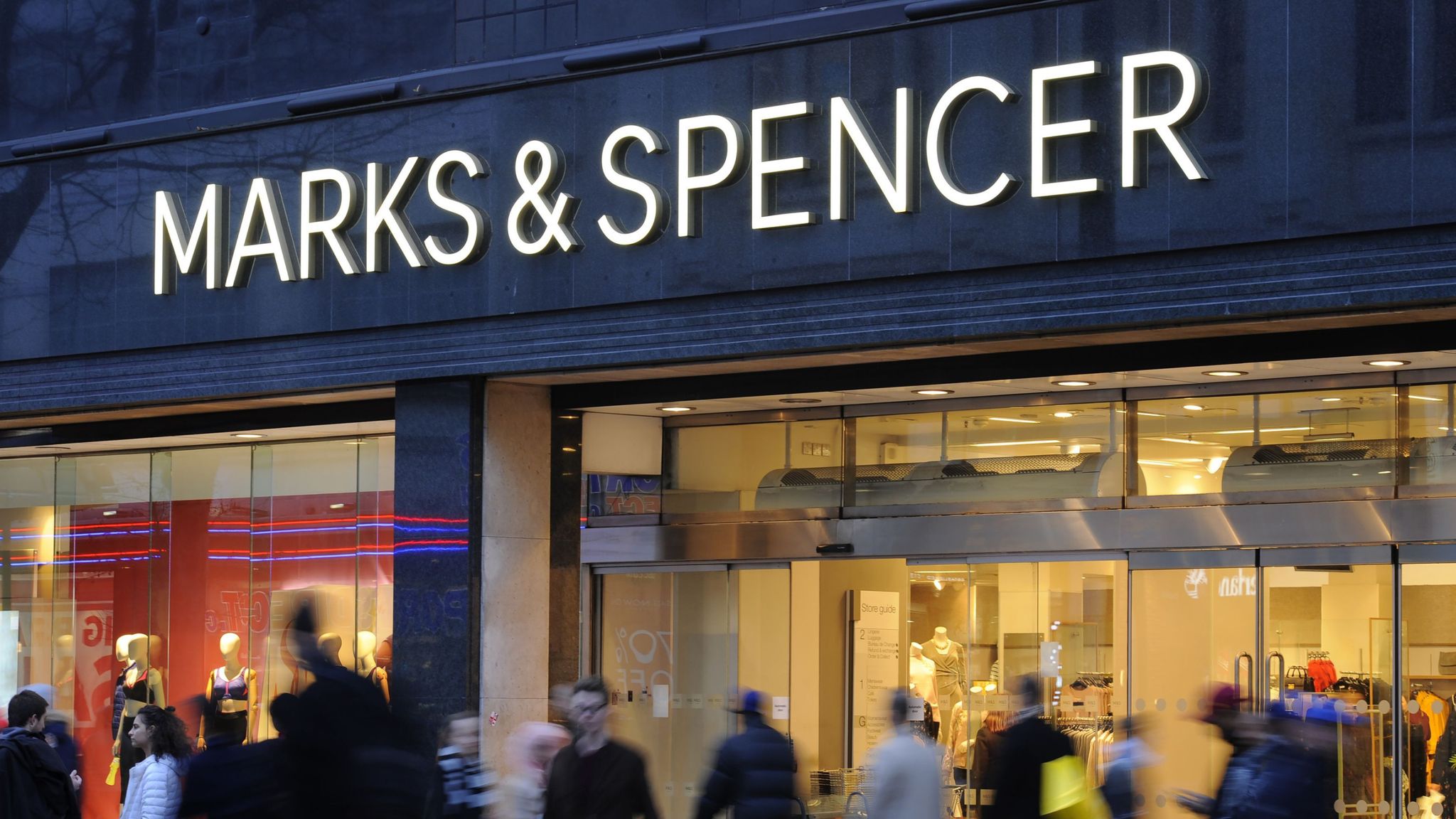Fashnopsis:
- Levi’s Q2 sales fell short of expectations, but earnings displayed an impressive win.
- The direct-to-consumer (DTC) channel thrived, jumping 8% and reaching nearly half of all sales.
- This shift lets Levi’s earn more profit and collect valuable customer data.
- Levi’s prioritizes DTC despite mixed regional results and a cautious consumer market.
- Long-term prospects look good with strategic investments, but investors might want stronger current sales.
At times when the shoppers are completely obsessed with denims, and are stocking their wardrobes with Loose baggy jeans and Denim Dresses, Levi’s was unable to match the sales momentum during the Q2 period.
Levi Strauss & Co. reported a mixed bag of results for their second quarter. The company exceeded earnings expectations with a net income of $18 million, but sales fell short of Wall Street’s targets, growing just 8% to $1.44 billion. However, there’s an important detail to consider: Levi’s shifted some wholesale shipments from the second quarter to the first quarter last year. Taking that into account, sales growth would have been a mere 1%.
Strong DTC Growth Shines Despite Shortfall in Overall Sales
The bright spot for Levi’s was their direct-to-consumer (DTC) channel, where customers buy directly from the brand. DTC sales surged by a healthy 8%, now accounting for a significant 47% of total sales. This trend suggests a shift in consumer behavior, with more people opting to purchase Levi’s directly from their website and stores.
Levi’s Prioritizes DTC Channels for Higher Profits and Customer Data
Levi’s is clearly prioritizing its DTC channels for several reasons. First, it allows them to capture higher profits compared to selling through wholesalers. Second, they can gather valuable customer data for better marketing and product development. The company is also undergoing a major shift in its distribution network, relying more on third-party logistics providers. While this might lead to temporary cost increases, it should streamline operations and improve efficiency in the long run.
Regional Performance Mixed: Americas Up, Europe Flat, Asia Steady
Looking at regional performance, net revenues in the Americas climbed 17% on a reported basis, but adjusting for the wholesale shift and Denizen business exit, growth was a more modest 3%. Europe saw a slight dip of 2% in net revenues, but there was improvement from Q1 across both wholesale and DTC channels.
Asia held steady compared to the previous year on a reported basis, but grew 6% in constant currency. Net revenues from Levi’s other brands increased 10% on both reported and constant-currency bases.
DTC Sales Rise, E-commerce Booms, Wholesale Dips After Adjustments
Diving into channel performance, DTC sales rose 8% on a reported basis, with a 12% increase in the US and a 7% rise in Europe. E-commerce sales were particularly impressive, growing by 19% on both reported and constant-currency bases. Wholesale net revenues grew 7% on a reported basis, but adjusting for the wholesale shift and Denizen business exit, global wholesale net revenues actually decreased 4% compared to the prior year.
Levi’s Reaffirms Outlook, Raises Dividend Despite Investor Hopes for More
Levi Strauss reaffirmed its outlook for the year, expecting net revenues to be up 1% to 3% year-over-year. The company also announced an 8% increase in its dividend to 13 cents per share. Overall, Levi Strauss finds itself in an interesting position. While they’re capitalizing on the denim trend and experiencing strong growth in their DTC channels, investors were likely hoping for a more robust overall sales performance.
The company’s strategic investments in DTC and logistics should lead to long-term benefits, but investors will be watching closely to see how these changes impact near-term results.
Levi’s Q2 Results Summary
- Net Revenues: up by 8% at $1.4 Bn.
- Americas: Sales up by 17% YoY.
- Europe: Sales were down by 2%.
- Asia: Flat growth in sales.
- D2C: Sales increased by 8%.
- Wholesale Business: Sales increased by 7%.
- Operating income: Were up by 1.5% YoY.
- Net income: $18 Mn profit vs $2 Mn loss an year ago.
- Inventory level declined by 7% during the quarter.
- Full year 2024 Outlook: Net revenues expected to be up 1% to 3% from an year ago.
Image Source: Levis



